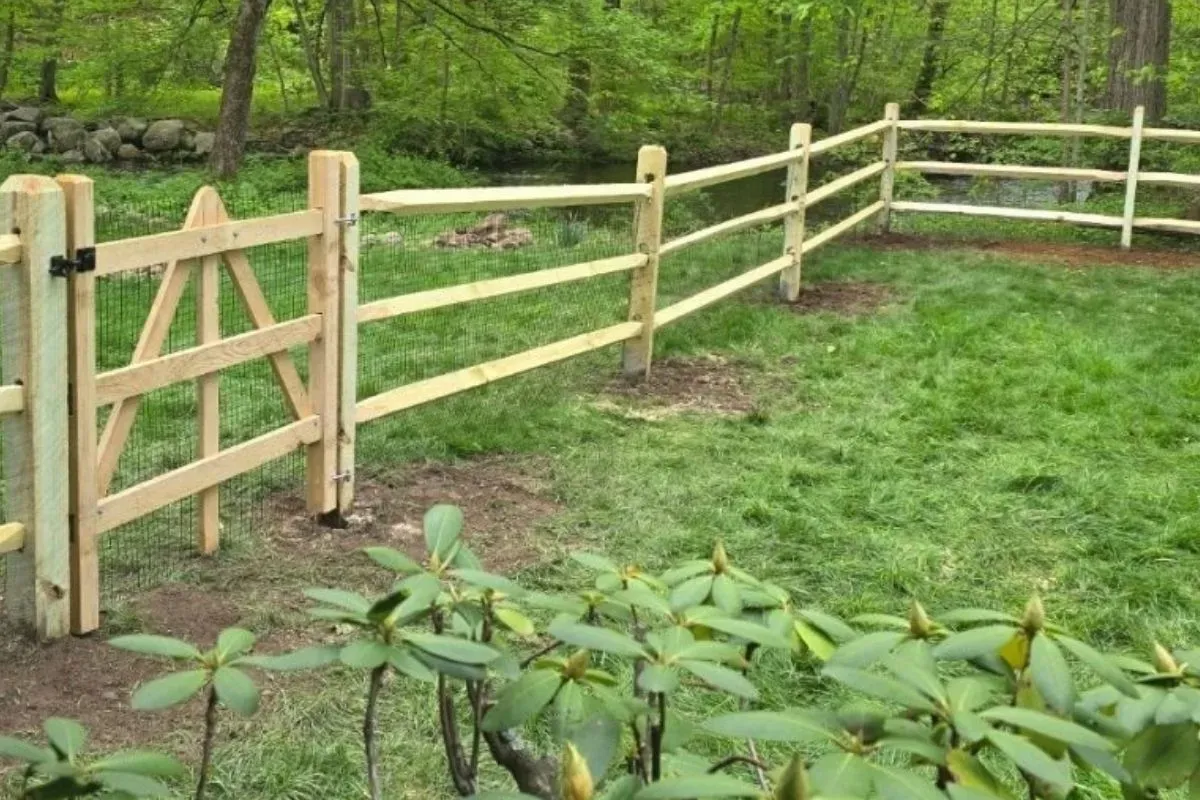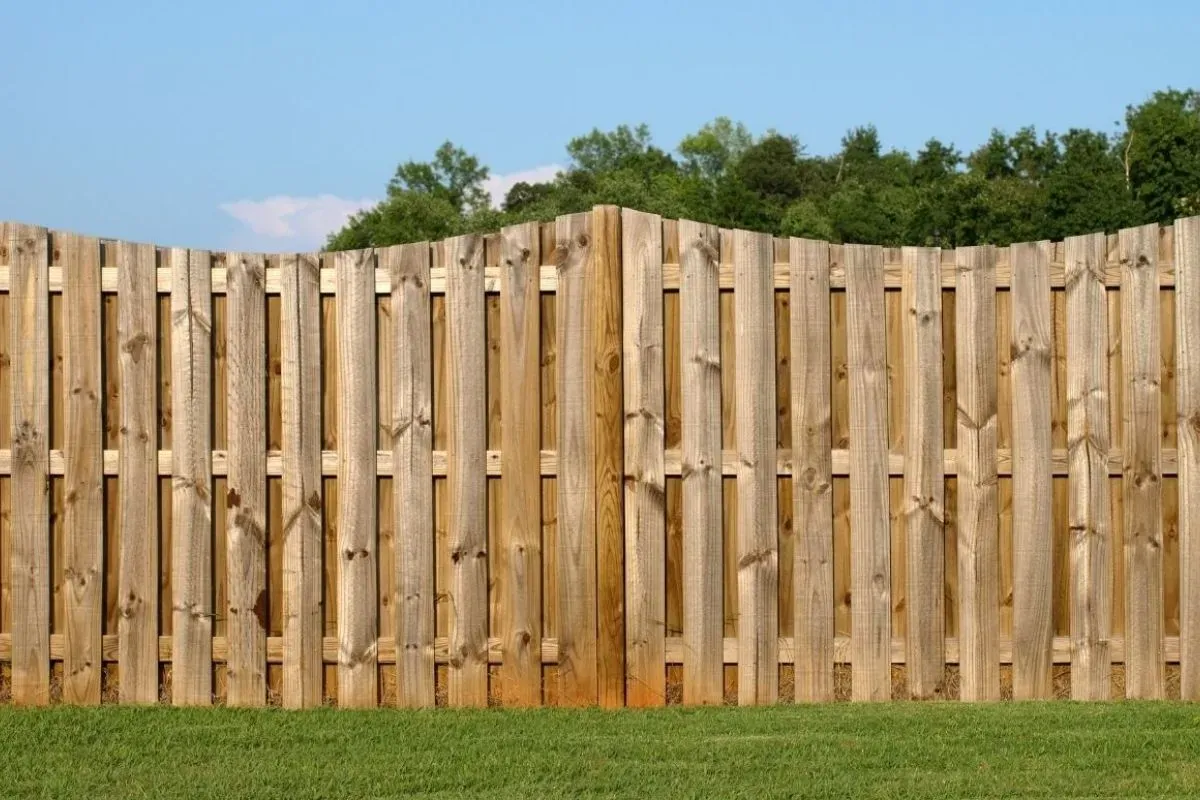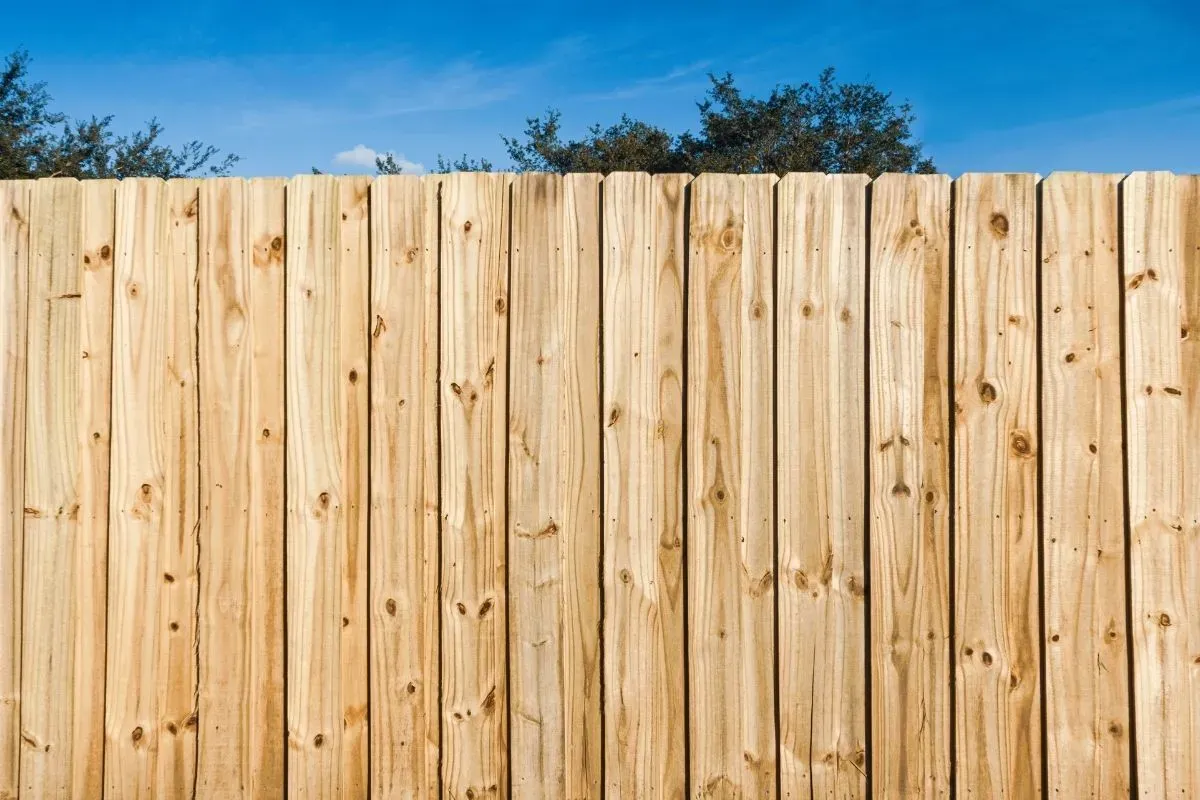Split rail fences are more than just functional boundaries; they are a timeless blend of rustic charm and practical utility. Whether you’re looking to add a touch of pastoral elegance to your property or create a durable enclosure, split rail fences are a versatile solution that has stood the test of time.
Discover the historical significance, construction styles, benefits, and modern applications of split rail fencing in this comprehensive guide. By the end, you’ll understand why this classic fence type remains a popular choice and how it can elevate your property.
What is a Split Rail Fence?
A split rail fence is a type of fencing made from wooden logs split lengthwise into rails. These fences are typically constructed in a zigzag or interlocked post-and-rail style. Traditionally seen across rural landscapes, they are now a popular feature for residential, commercial, and agricultural properties.
Common materials for split rail fencing include cedar, pine, and historically, American chestnut. These woods offer durability and weather resistance, making them ideal for outdoor use. Modern variations increasingly combine wood with metal for added strength and durability.
Styles of Split Rail Fences

Zigzag Style:
Rails are stacked in a sturdy, interlocking zigzag pattern, making this style self-supporting and ideal for rocky terrain where digging post holes is difficult.
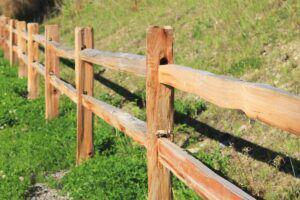
Post-and-Rail Style:
Rails fit into pre-drilled holes in vertical posts, creating a sleek and symmetrical look.
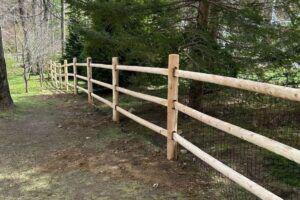
Combination Designs:
Contemporary takes on split rail fencing may incorporate metal posts for added stability or wire or chain-link inserts to keep smaller animals secure.
Historical Significance
Split rail fencing has deep roots in the United States and Canada, where it was traditionally used to define farm boundaries and protect livestock. Originating with Finnish settlers in the 17th century, the technique quickly became popular in North America.
American chestnut, once the primary material for these fences, offered natural rot resistance until chestnut blight decimated the species. Today, cedar is the preferred wood, offering similar durability and a classic aesthetic.
Why Choose Split Rail Fencing?
Split rail fences combine functionality with aesthetic appeal, making them a practical choice for various settings.
Key Benefits:
- Cost-Effectiveness: Split rail fencing generally requires fewer materials and lower installation costs compared to other fencing options.
- Low Maintenance: With minimal upkeep, these fences maintain their rustic charm for years.
- Ease of Installation and Repair: The simple, modular design allows for straightforward assembly and quick repairs.
- Aesthetic Appeal: Perfect for enhancing natural landscapes, split rail fences add character and blend seamlessly into pastoral or residential settings.
Whether you’re enclosing a sprawling property or outlining a garden, the flexibility of split rail fencing ensures it meets your needs.
Materials and Construction
Split rail fences are renowned for their sturdy yet straightforward construction process. Traditional versions rely on carefully split logs, stacked in a way that’s both functional and visually appealing.
Construction Process
- Splitting Logs: Large logs (usually 10-12 feet in length) are split into smaller rails using axes or wedges.
- Laying the Fence: Rails are either stacked in a zigzag pattern or slotted into vertical posts.
- Securing the Structure: Modern constructions may incorporate metal elements, enhancing durability and stability, especially in busy areas.
This combination of simplicity and longevity makes split rail fencing one of the easiest types to install.
Material Options
- Cedar: Known for its weather resistance and rich color, cedar is a go-to choice for split rail fencing.
- Pine: More affordable than cedar but requires regular treatment to prevent decay.
- Metal and Cedar Combinations: Pairing metal posts with wooden rails creates a contemporary look while extending the lifespan of the fence.
What is the Cost of a Split Rail Fence?
The cost of a split rail fence depends on several factors, including materials, fence height, and the complexity of the installation.
- Material Costs: Cedar tends to be more expensive than pine but offers greater durability. Metal accents add to the budget but can reduce long-term maintenance costs.
- Installation Costs: DIY installation can save money. However, hiring professionals ensures precision and longevity.
- Length and Height: Longer fences and taller enclosures naturally increase costs.
Despite these variables, split rail fencing remains one of the most affordable fencing options on the market.
Modern Applications
Split rail fences are highly adaptable, catering to various needs from functional enclosures to decorative accents.
Common Uses:
- Residential Settings: Use split rail fences to outline gardens, driveways, or property lines while enhancing curb appeal.
- Agricultural Properties: Ideal for keeping livestock secure while maintaining an open and natural feel. Explore horse fences options to discover the safest options.
- Commercial Spaces: Often employed in parks, recreational facilities, and heritage sites due to their classic aesthetic.
Adding Modern Touches
- Combine split rail fencing with black chain-link for extra security.
- Use weatherproof finishes to maintain the fence’s rustic aesthetic while increasing durability.
- Integrate decorative elements to suit contemporary architectural styles.
Maintenance and Longevity
Proper maintenance ensures that your split rail fence will remain functional and attractive for years.
Care Tips
- Regular Inspections: Check for any loose rails or signs of decay regularly.
- Staining/Sealing: Apply wood stain or sealant to protect against moisture and pests.
- Timely Repairs: Address damage quickly to prevent issues from escalating.
Material Durability
- Cedar fences can last 15-30 years with minimal maintenance.
- Metal and wood combinations offer even greater longevity, withstanding harsh weather conditions and daily wear and tear.
Choosing the Perfect Split Rail Fence
Selecting the right split rail fence depends on your specific needs, location, and property style.
Factors to Consider:
- Purpose: Is it for aesthetics, security, or functionality?
- Material Selection: Go for cedar if you prioritize longevity, or pine for budget-friendly solutions.
- Fence Style: Choose traditional zigzag if you want a rustic touch or opt for post-and-rail for a modern look.
For personalized assistance, consulting with an expert is always a great idea. At Top Rail Fence, our customer service team is dedicated to helping you choose the perfect split rail fence tailored to your property needs.
Transform Your Property with a Split Rail Fence
Split rail fences are the perfect blend of practicality and aesthetic charm. From their historical origins to their contemporary adaptations, these fences have stood the test of time.
Whether you’re enhancing your home’s curb appeal, safeguarding your land, or adding a rustic element to your garden, split rail fences provide an affordable and durable solution.
Need help planning your project? Contact Top Rail Fence today for a free estimate and expert guidance. Our team is here to bring your fencing vision to life with high-quality materials and unparalleled installation expertise.
